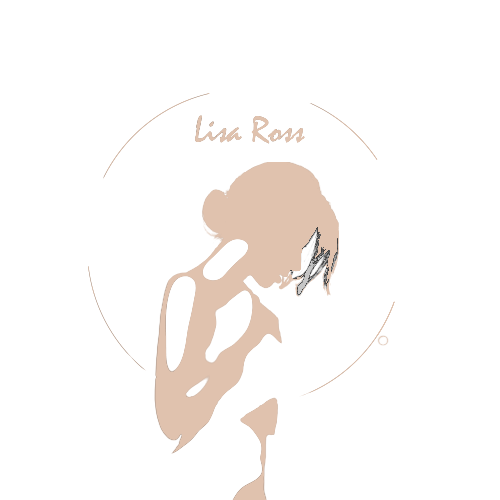Art and fashion have always been intertwined, with each influencing the other in a continuous cycle of creativity and expression. From ancient civilizations to modern-day masterpieces, artists have used clothing, accessories, and hairstyles to convey messages about identity, status, and societal norms. In this blog post, we’ll explore the rich history of fashion in art, from classical paintings to contemporary installations, and examine how artists have depicted style throughout the ages.
Ancient Civilizations:
Even in the earliest civilizations, clothing served as a form of expression and cultural identity. In ancient Egypt, for example, elaborate garments and jewelry were symbols of wealth and status, as seen in depictions of pharaohs and noblewomen. In ancient Greece and Rome, clothing reflected social hierarchy and cultural values, with draped garments and intricate patterns adorning statues and frescoes.
Medieval and Renaissance Periods:
During the Middle Ages and the Renaissance, clothing became more elaborate and symbolic, reflecting the opulence of the ruling elite and the rise of merchant classes. Paintings from this period often feature sumptuous fabrics, intricate embroidery, and lavish accessories, offering insights into the fashion tastes of the time. Portraits of royalty and nobility serve as visual records of changing trends and styles, from voluminous sleeves to elaborate headdresses.
Baroque and Rococo Eras:
The Baroque and Rococo periods brought a new level of extravagance to fashion and art, with elaborate costumes and ornate designs dominating the scene. Paintings by artists such as Peter Paul Rubens and Jean-Honoré Fragonard depict opulent courtly attire and romanticized scenes of leisure, showcasing the luxurious fabrics and intricate details favored by the upper classes.
19th and 20th Centuries:
The 19th and 20th centuries witnessed dramatic shifts in fashion and art, as industrialization, globalization, and social movements transformed society. Painters like Édouard Manet and Gustave Caillebotte captured the changing fashions of Parisian society, while artists such as Frida Kahlo and Andy Warhol used clothing as a means of self-expression and political commentary.
Contemporary Art and Fashion:
In the contemporary art world, fashion continues to be a source of inspiration and experimentation for artists working in various mediums. From performance art to multimedia installations, fashion is often used as a tool for exploring identity, gender, and consumer culture. Artists like Cindy Sherman and Yinka Shonibare challenge traditional notions of beauty and fashion, while designers like Alexander McQueen blur the boundaries between fashion and art with their avant-garde creations.
The relationship between fashion and art is a complex and multifaceted one, reflecting the ever-changing nature of culture and society. Through paintings, sculptures, photographs, and installations, artists continue to explore the power of clothing and adornment as symbols of identity, status, and self-expression. Whether timeless classics or contemporary creations, fashion in art serves as a mirror to the world around us, capturing the essence of our collective imagination and creativity.
